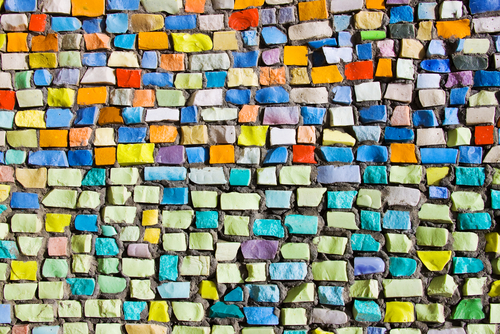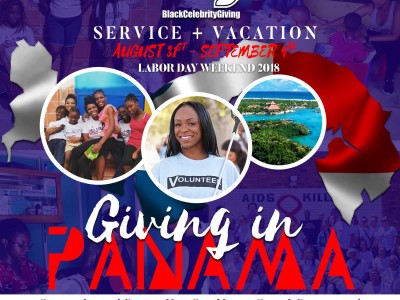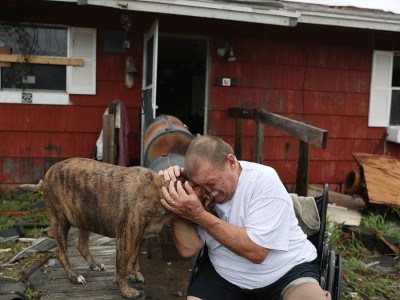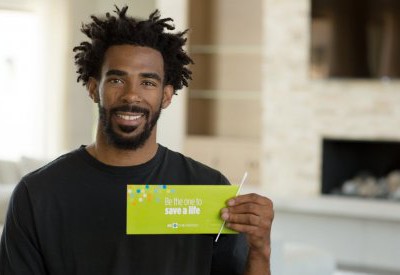The first Black United Fund was the Brotherhood Crusade in Los Angeles, created in 1968 by Walter Bremond, then a program officer at the Cummins Engine Fundation. That led to the creation of similar funds in Philadelphia, Chicago, Oakland, Memphis, and Portland, Ore., among others, and in 1972, the National Black United Fund (NBUF) was established. The United Latino Fund was created in 1990, also in Los Angeles, and in 1996, the Hispanic Federation created the National Latino Funds Alliance[/LINK], now with eight members, though not the ULF in Los Angeles.
The foundation affinity group Asian American Pacific Islanders in Philanthropy (AAPIP) has been promoting Asian American “giving circles” as mechanisms for “increasing philanthropic capital to our communities and…moving individuals to act on their own initiative, counting 17 circles in the U.S. To some, these funds were at the forefront of social justice philanthropy, supporting causes that mainstream charities such as the United Way, community foundations, and local private foundations shied away from (though foundations such as the W.K. Kellogg Foundation played prominent national roles in promoting ethnic philanthropy and sometimes helping capitalize the funds themselves).
At the forefront of the contemporary philanthropic movement within the Arab American community is Maha Freij’s organization, the Center for Arab American Philanthropy. The Center is actually a project of an organization called ACCESS, a 41-year-old service organization based in Dearborn, Mich. The location should be no surprise, as Dearborn is the center of the Arab American population of the U.S. Of the 1.7 million Arab Americans in the U.S.,one third live in California, New York and Michigan. One-third of the population of Dearborn, Mich. has some Arab heritage. ACCESS developed along with the growth of the Arab American (mostly Lebanese) population of southeastern Michigan, growing from a volunteer-run storefront operation to a significant service provider with 270 staff and programs in physical and mental health, employment services, academic programs for youth, and a panoply of information, referral, immigration, and legal services.
Defining Identity through Sustainable Institutions
Although ACCESS received important grant support for the museum from foundations such as the Ford Foundation, the Ford Motor Company Fund, and the Kresge Foundation, Access’s fundraising effort for the museum took it to Arab American populations in the Detroit suburbs (many of whom didn’t know much or anything about ACCESS) and around the nation. Freij describes some significant fundraising success among Arab Americans in a secular, ethnic setting, rather than being framed through a religious lens (Freij points out that a large proportion of the Arab American population, particularly Lebanese, is Christian, not Islamic). As Freij said, she and her colleagues—and probably many contributors to the museum—“don’t like how our story is told by Fox News.” “We are not that naïve to say that we would deal with a machine like Fox News,” she explained, but the museum “helps to dispel the kind of (mis)information” that Freij says Fox spreads.
The museum helps the Arab American community retake control of its image and identity, but does so using the philanthropy of an ethnic population. In reaching out to major donors around the nation for the museum, ACCESS saw other potentials for voice and message. In 2004, it launched the, National Network for Arab American Communities. which includes 23 organizational members in 11 states. The Network provides members with organizational development technical assistance, advocacy support on issues such as civil rights and immigration rights, and support with community services. Among the major funders of the Network have been the Ford Foundation, the Carnegie Corporation, and the Open Society Foundation, all significant funders of immigrant and civil rights.
Freij touched on the importance of building sustainable institutions, citing Arab American organizations that had flourished for a while only to collapse as passionate leaders moved on. “What do you have to have in place,” she asked, “to move from organization to institution?” While the Network builds on technical assistance resources from the Nonprofit Finance Fund and has a staff person recruited from the Michigan Nonprofit Association who is totally dedicated to organizational development, there is a dimension of its organizational development that relates to concepts of ethnic group empowerment. Key to the Network’s organizational development work is “learning from each other,” Freij said, the “totally different effect” that occurs “when someone who looks like you and is dealing with the same [kind of] community as you” provides the assistance. The same mechanisms of empowerment underlie the possibilities of other ethnic or racial philanthropy.






